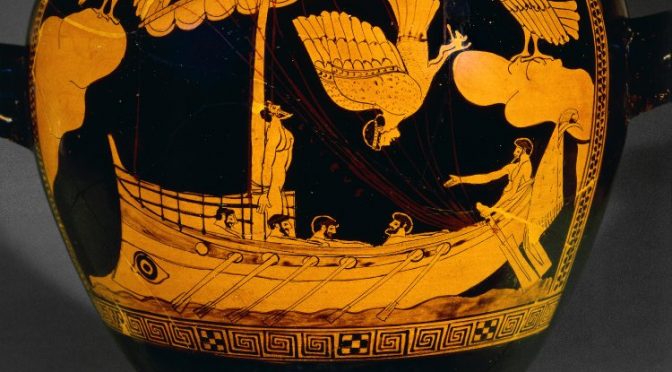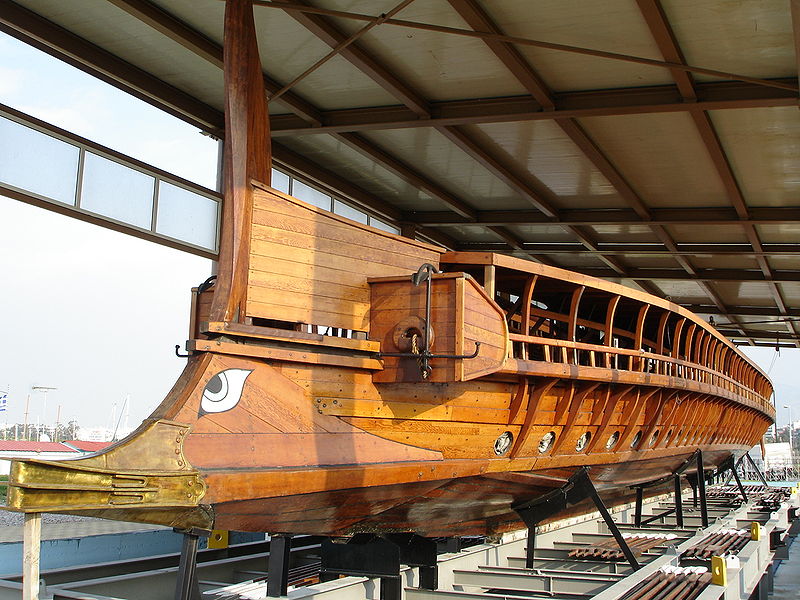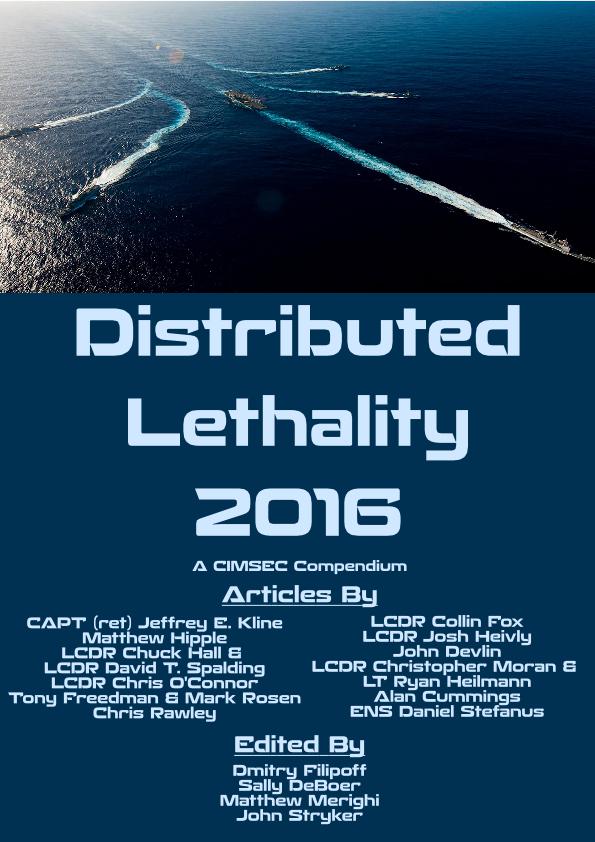By the CIMSEC Sea Control Podcast Hosts
Aloha Shipmates! We at the CIMSEC Sea Control Podcast have put our heads together to come up with a “Holidays 2020 Reading List” or perhaps more appropriately named “What We Were Able to Read This Year…” reading list. We’ve each chosen a few books that we read and loved this year and are at least tangentially related to international maritime security. We’ve also included a few that either we didn’t get to in 2020 or we’re looking forward to in 2021.
Walker Mills
Missionaries, by Phil Klay, Penguin Press, 2020.
Missionaries is veteran author Phil Klay’s second work, coming after his award-winning collection of short stories Redeployment (2014). Well-received by U.S. and Colombian critics, Missionaries is a wrenching story about several characters coming together in Colombia as the government was finishing a peace agreement with the FARC in 2015-2016. Klay uses his characters and their lives to explore violence at the human, community, and system levels and its impact on the human soul.
Feeding Victory: Innovative Logistics from Lake George to Khe Sanh, by Jobie Turner, Kansas University Press, 2020.
Feeding Victory is an eminently readable book about logistics in war. Jobie Turner, an Air Force colonel, breaks down five different case studies in logistics – all unique in their own way. The history is mixed with analysis and takeaways for the contemporary practitioner. Perhaps most interesting to CIMSEC readers will be the Guadalcanal case study where Turner compares and contrasts Japanese and American expeditionary logistics in the months-long struggle for the island.
Cod: A Biography of the Fish the Changed the World, by Mark Kurlansky, Penguin Books, 1997.
Though over twenty years old, Cod is still a riveting introduction into the world of commercial fishing through a deep dive into the history of a single fish: Atlantic Cod. Fishing is more relevant than ever – in 2020 the United States Coast Guard released an “Illegal, Unregulated and Unreported Fishing Strategic Outlook,” massive Chinese fishing fleets off the Galapagos attracted international attention, and the United Kingdom has threatened to use naval vessels to protect its fisheries in the event of a no-deal Brexit. Kurlansky’s book is a quick read and each chapter includes a recipe for cod to help deal with the inevitable craving. Listeners can check out Sea Control 206 about the “Cod Wars” between Iceland and the UK or Sea Control 219 to catch a conversation with USCG Commandant Karl Schultz about the IUU Fishing Strategic Outlook.
To-be-read:
The Kill Chain: Defending America in the Future of High-Tech Warfare by Christian Brose, Hachette Books, 2020.
Adaptation Under Fire: How Militaries Change in Wartime, by David Barno and Nora Bensahel, Oxford University Press, 2020.
Both of these are books came highly reviewed and despite the fact that I pre-ordered them I still have not managed to read them yet. But I’ve followed the authors’ work at War on the Rocks and intently listen to their podcasting. I’m sure these books won’t disappoint.
2034: A Novel of the Next War, by Elliot Ackerman and James Stavridis, Penguin Press, 2021.
Can’t overstate how excited I am for this one. Ackerman is a former Marine who has written several very good books, including the award-winning Dark at the Crossing, and Stavridis has written several previous books about leadership (including another book on this list) and his extensive Navy experience including serving as former Supreme Allied Commander at NATO.
Jared Samuelson
Learning War, by Trent Hone, Naval Institute Press, 2018.
Selling Seapower: Public Relations and the U.S. Navy, 1917-1941, by Ryan D. Wadle, University of Oklahoma Press, 2019.
These books are paired because they address the question “how did we get here?” for two different communities in the Navy. If you are a surface warfare officer, you have undoubtedly spent hours in the darkened cold of your ship’s Combat Information Center. How did that space come to be, why is it designed the way it is, and what problems was the Navy trying to solve? Learning War addresses all those questions and, if that weren’t enough, you get a graduate-level discussion of the evolution of the officer corps and some early 1900s ship design. Listen to Sea Control 209 with author Trent Hone to learn more. I thought Selling Seapower did much the same for today’s public affairs community, from its birth in the Office of Naval Intelligence, the development of the collateral duty Public Affairs Officer, and the Navy’s relationship with mass media (spanning early radio to film).
The Alice Network: A Novel, by Kate Quinn, William Morrow Paperbacks, 2017.
The best possible endorsement I can give this book is that I read it in less than 48 hours while co-parenting an infant and doing my day job. It was that good. The pace is incredible and the historical setting will have you picking up your phone to Google “did X really happen” multiple times. The author’s follow-up, The Huntress, is sitting on my to-be-read pile.
The Riddle of the Sands, by Erskine Childers, Modern Library, 2002.
Originally printed in 1903, The Riddle of the Sands was a recommendation from an old friend and former CO that took me completely by surprise. The book is the story of two friends ostensibly on a late summer sailing expedition in the Baltic and North Seas who stumble onto a sinister plot whilst being pursued by German agents. No less than Winston Churchill cited the novel as a reason the British ultimately established multiple naval bases on the North Sea prior to World War I.
To-be-read:
Grey Dawn: A Tale of Abolition and Union, Balance of Seven, 2020, by Sea Control 163 guest and now host of her own podcast, Friday Night History, Dr. Nyri Bakkalian.
How the Few Became the Proud, Naval Institute Press, 2019 by Sea Control 184 guest Dr. Heather Venable. I have a literal signed copy just waiting to be cracked open. Massive personal failure on my part.
Wargaming Experiences: Soldiers, Scientists and Civilians, by Natalie Wojtowics, J10 Gaming, 2020.
Battle in the Baltic: The Royal Navy and the Fight to Save Latvia & Estonia, 1918-1920, by Steve R. Dunn, Naval Institute Press, 2020.
This book seemed like a logical successor after reading Michael B. Barrett’s Operation Albion: The German Conquest of the Baltic Islands in preparation for Sea Control 168. Cautiously optimistic the author will be coming to a podcast near you in 2021!
Anna McNeil
Can’t Hurt Me: Master Your Mind and Defy the Odds, by David Goggins, Lioncrest Publishing, 2018.
If talks about resilience and hope are ringing empty in your ears this holiday, or you feel depression and disempowering thoughts setting in, this is the book I suggest you begin with. Cultivate the knowledge that you can and will get through to a brighter future. Then, move forward with intention for the new year ahead.
Honor Harrington series, by David Weber, 2002-2017.
Science Fiction. Space Navy. Military-Industrial complex. Vast sprawling strategic positioning and tactical level skirmishes. Personal assistant on the Commander’s shoulder and in her ear. A female protagonist who lives up to the name Honor. The first of this series, On Basilisk Station, was given to me by my grandfather, a retired U.S. Navy Electronics Technician. It was a large part of the reason I considered joining the Navy. The best fiction is that through which we can more clearly imagine possibilities for ourselves in the real world. Fiction lovers can check out the wrap-up of CIMSEC’s Fiction Week in Sea Control 216 with an interview of the winning authors Mike Burke and Nick Nethery.
The Good Shepherd, by C.S. Forester, reissue by Penguin Books, 2018.
Yes, Hollywood made a movie of this already, but the discussion on social media about the proper use of helm commands doesn’t even scratch the surface of how much justice is done to the seagoing service. Read the first ten pages and you’ll see why I was suddenly inspired to write Steering Casualty and Tactical Signals drill cards.
To-be-read:
Navigating the Seven Seas of Leadership: Leadership Lessons of the First African-American Father and Son to Serve at the Top in the US Navy, by MSCM (ret) Melvin G. Williams Sr., and VADM (ret) Melvin G. Williams, Naval Institute Press, 2011.
Wisdom direct from the experiences of one very special military family, written down and offered to the benefit of anyone willing to read it. This book was written with such generosity and goodwill toward all mankind that it simply must be on my holiday reading list.
The Military Lens: Doctrinal Differences and Deterrence Failure in Sino-American Relations, by Christopher P. Twomey, Cornell Studies in Security Affairs, 2010.
I suppose this could be considered a book about peace on Earth. Or rather, understanding how to use the military to lead options other than shooting wars.
Icebound: Shipwrecked at the Edge of the World, by Andrea Pitzer, Scribner, 2021.
Get ready to be transported out of your own struggles into the tale of the famous polar explorer William Barentz’s year-long fight for survival in the Arctic. Out in January 2021!
Jonathon Frerichs
Fleet Tactics and Naval Operations, Third Edition, by Wayne Hughes and Robert Girrier, Naval Institute Press, 2018.
A Brief Guide to Maritime Strategy, by James R. Holmes, Naval Institute Press, 2019.
During a month-long temporary duty assignment to Naples, Italy, I recognized that I utterly lacked an understanding of how the Navy operates (despite having deployed on three different Marine Expeditionary Units, or MEUs). Seeking answers, I picked up Fleet Tactics and Naval Operations from the Navy Exchange on base. With nothing else to do in the evenings but eat Napoli pizza, I quickly devoured the book and found it immediately valuable in expanding my knowledge of naval operations. Upon completion, however, I found myself thirsting for a better understanding of how naval forces have contributed to obtaining national strategic objectives.
Enter A Brief Guide to Maritime Strategy – a perfect complement. This short, digestible book is power packed with historical examples and an easy-to-apply framework through which to look at the application of naval forces from competition to crisis to conflict. For either the military historian or the naval practitioner, this book is guaranteed to be a great read and valuable resource.
The Art of War: A New Translation by Michael Nylan, Sun Tzu, W. W. Norton and Company, 2020.
I have digested bits and pieces of various translations of The Art of War over my career, but never sat down and read it cover to cover. When I saw @teaandtactics recommend the book, I decided I would bite and resolve my academic shortfall. Combining a depth of Chinese history and a nuanced fluency of the Chinese language, Nylan has created a translation that is easy to read, cover-to-cover. Additionally, in her introduction she provides an opportunity to apply the ideas of strategy and conflict to life outside of war.
To-be-read:
To Rule Eurasia’s Waves: The New Great Power Competition at Sea, by Geoffrey Gresh, Yale University Press, 2020.
Just received my copy of this book. Upon a quick scan, I am excited to digest the multinational look at great power competition in the maritime domain. Many recent books have focused on looking at great power competition through a bipolar lens (Russia/United States or China/United States) but this book appears to take a much more expansive and systemic look at how great powers compete in the maritime domain. If you’re interested in To Rule Eurasia’s Waves, be on the lookout for a future Sea Control episode.
The Pacific War trilogy, by Ian Toll, W. W. Norton & Company, 2011-2020.
I continue to see these recommended from military history scholars and servicemembers alike.
Andrea Howard
If 2020 did not provide enough existential fodder for society, The Master Algorithm: How the Quest for the Ultimate Learning Machine Will Remake Our World Basic Books, 2018, by Pedro Domingos serves as one of the best introductions on how machine learning – and the prospective development of a unifying master algorithm – will forever alter the world. Unsupervised learning algorithms can structure and illuminate meaning from raw data, and the naval-oriented mind will see the innumerable applications from fire control systems to underwater mapping.
Shifting over to a work that explicitly discusses the impact of cyber developments in the warfare domain, I recommend Cyber Security and Cyberware: What Everyone Needs to Know by P.W. Singer and Allan Friedman, Oxford University Press, 2014. While exploring the ramifications of the Stuxnet virus and cyber units within the American and Chinese military structures, the authors outline how future conflicts will touch every individual via cybercrime in the financial realm and attacks on infrastructure.
To round out the two above choices, the Commandant of the Marine Corps’ top choice for 2020 is a strategic must-read. The Kill Chain: Defending America in the Future of High-Tech Warfare by Christian Brose, Hachette Books, 2020 explores the emerging technologies that present disturbing threats to American military superiority, but he also advocates for the development of a battle network of systems (a “kill chain”) to uphold deterrence and ultimately prevent war.
To-be-read:
For my upcoming deployment, I’m intending to bring along The Leader’s Bookshelf by Admiral James Stavridis and R. Manning Ancell, Naval Institute Press, 2017 to consume the lessons learned from the active and retired four-star military officers’ habits and favorite books. The promised efficiency will be necessary for the small bits of time afforded before hitting the rack and awaking for watch.
Readers and listeners can get to know the podcast team better by listening to Sea Control 214 “Meet the Team!” or finding us on Twitter at @jwsc03, @AndreaR_Howard, @WDMills1992, @2BAtSea, and @hoplitemarine.
Featured Image: Book collection, photo via the U.S. Naval War College.






